Total materials in catalog: 22
Materials shown: 1-10
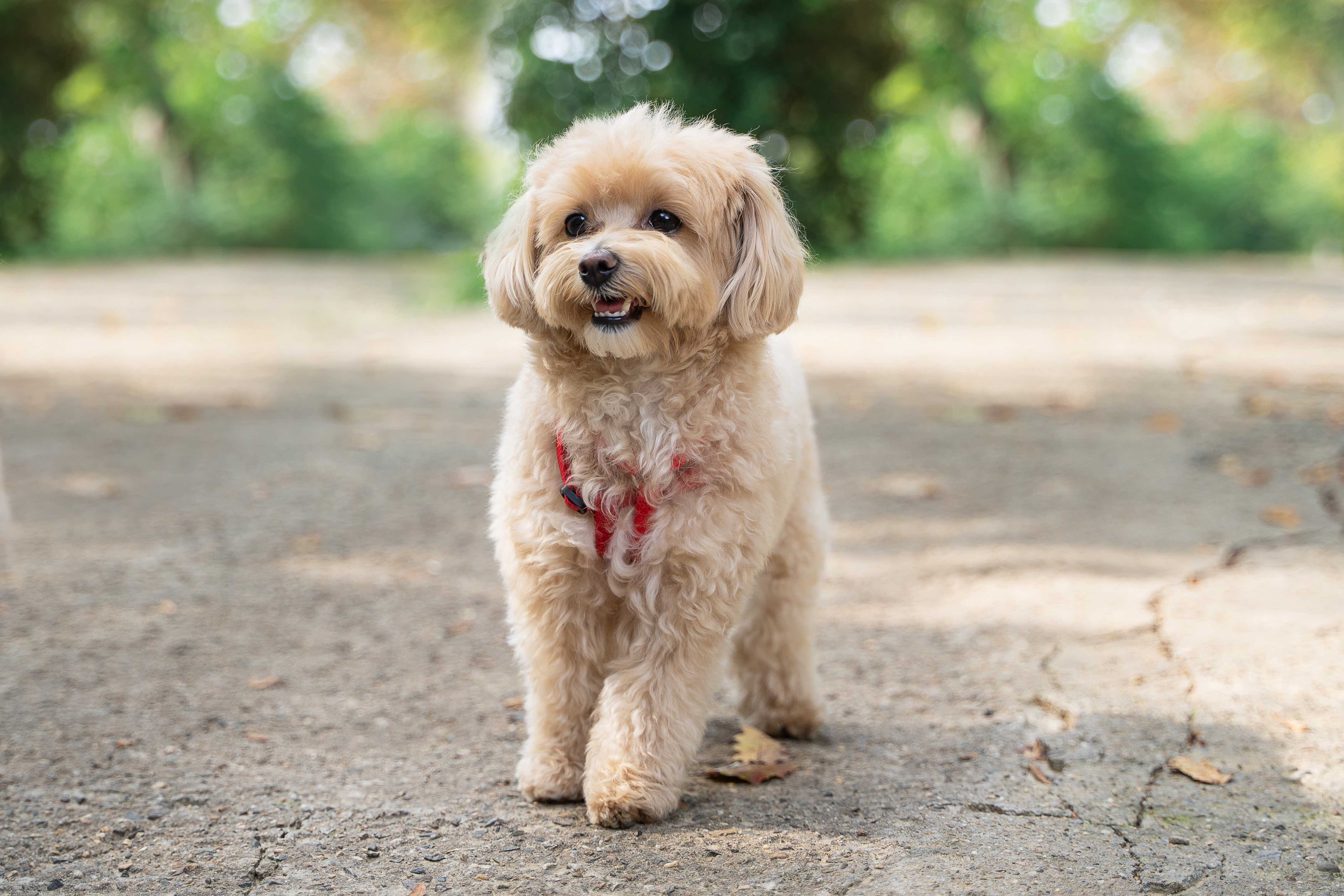 Maltipoos are one of the most allergy-friendly breeds available, thanks to their Poodle and Maltese heritage. Both parent breeds are known for producing minimal dander and having low-shedding coats, making Maltipoos an excellent choice for people with allergies. While no dog is 100% hypoallergenic, Maltipoos come remarkably close. Maltipoos are one of the most allergy-friendly breeds available, thanks to their Poodle and Maltese heritage. Both parent breeds are known for producing minimal dander and having low-shedding coats, making Maltipoos an excellent choice for people with allergies. While no dog is 100% hypoallergenic, Maltipoos come remarkably close. |
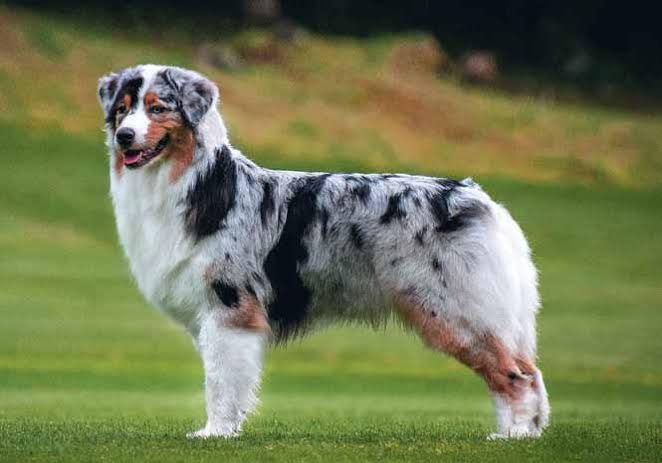 Australian Shepherds have a double coat that sheds heavily, particularly during seasonal changes. They produce significant amounts of dander and shed year-round, making them unsuitable for people with dog allergies. While they're wonderful, intelligent, and loyal companions, they rank low on the hypoallergenic scale. Australian Shepherds have a double coat that sheds heavily, particularly during seasonal changes. They produce significant amounts of dander and shed year-round, making them unsuitable for people with dog allergies. While they're wonderful, intelligent, and loyal companions, they rank low on the hypoallergenic scale. |
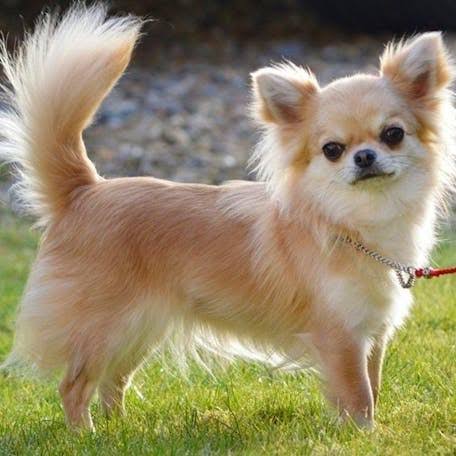 Despite their small size and minimal shedding in some varieties, Chihuahuas produce the same allergenic proteins (Can f 1 and Can f 2) found in all dog breeds. Both smooth-coat and long-coat varieties shed dander and can trigger allergic reactions in sensitive individuals. However, their compact size means they produce less overall dander compared to larger breeds, which may make them more manageable for some allergy sufferers. Despite their small size and minimal shedding in some varieties, Chihuahuas produce the same allergenic proteins (Can f 1 and Can f 2) found in all dog breeds. Both smooth-coat and long-coat varieties shed dander and can trigger allergic reactions in sensitive individuals. However, their compact size means they produce less overall dander compared to larger breeds, which may make them more manageable for some allergy sufferers. |
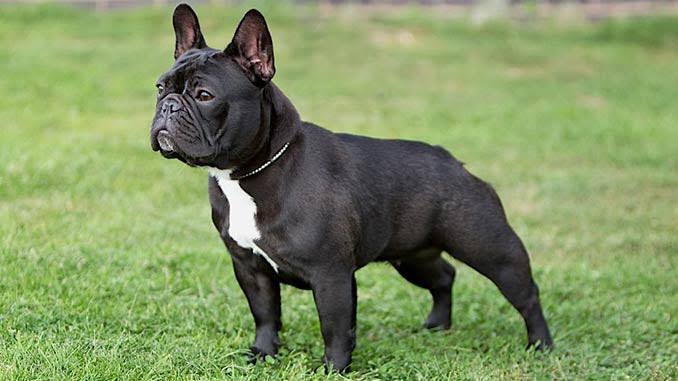 French Bulldogs have a low hypoallergenic rating because they shed moderately year-round, produce significant amounts of dander, and generate typical levels of allergy-triggering proteins in their saliva and skin. While their short coat might seem allergy-friendly, these charming companions can still trigger allergic reactions in sensitive individuals. French Bulldogs have a low hypoallergenic rating because they shed moderately year-round, produce significant amounts of dander, and generate typical levels of allergy-triggering proteins in their saliva and skin. While their short coat might seem allergy-friendly, these charming companions can still trigger allergic reactions in sensitive individuals. |
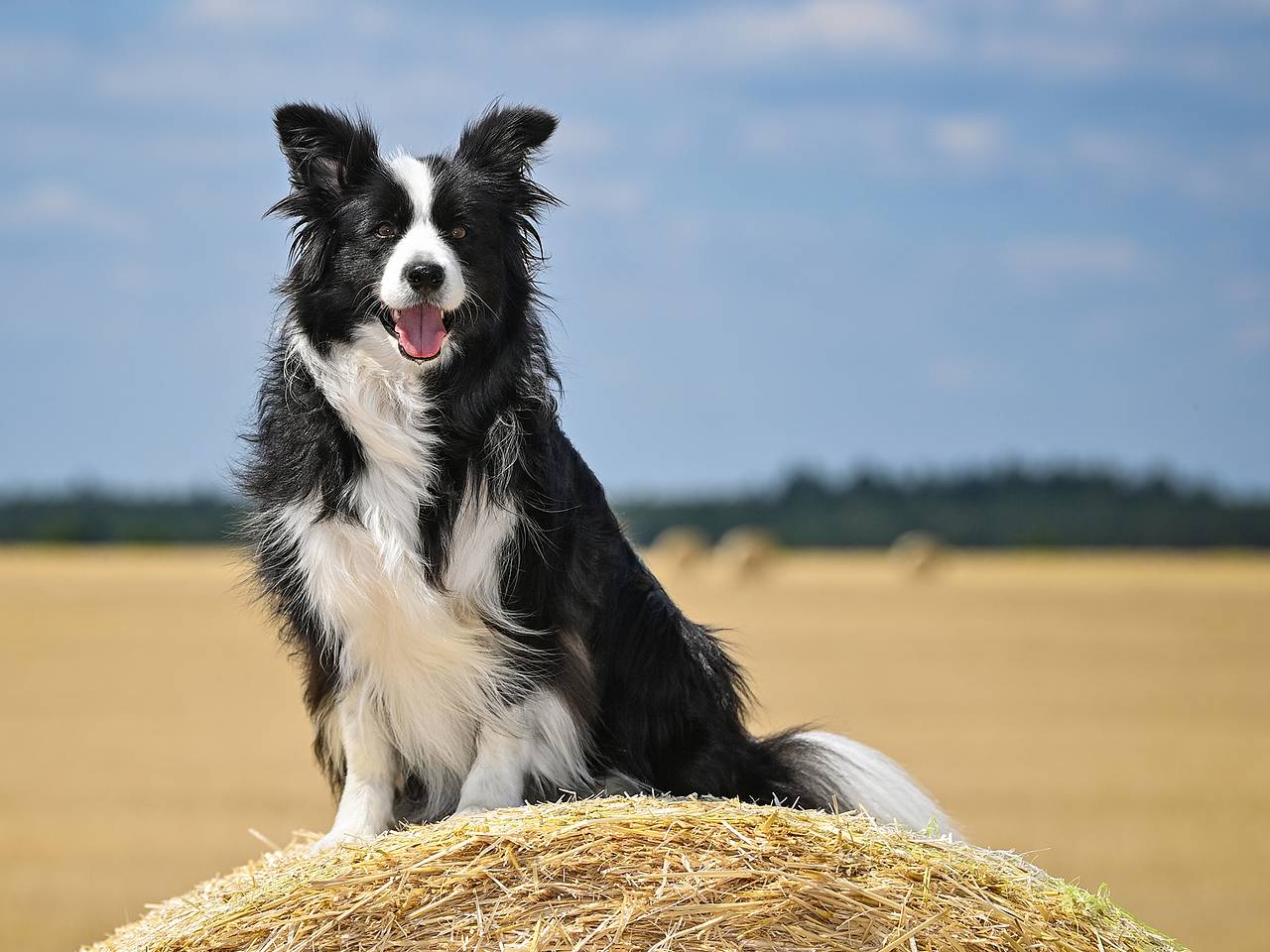 Border Collies have a moderate to high shedding double coat that releases significant amounts of dander and fur throughout the year, with heavy seasonal shedding during spring and fall. Their coat produces the allergen proteins (Can f 1 and Can f 2) found in saliva, dander, and urine that trigger allergic reactions in sensitive individuals. Border Collies have a moderate to high shedding double coat that releases significant amounts of dander and fur throughout the year, with heavy seasonal shedding during spring and fall. Their coat produces the allergen proteins (Can f 1 and Can f 2) found in saliva, dander, and urine that trigger allergic reactions in sensitive individuals. |
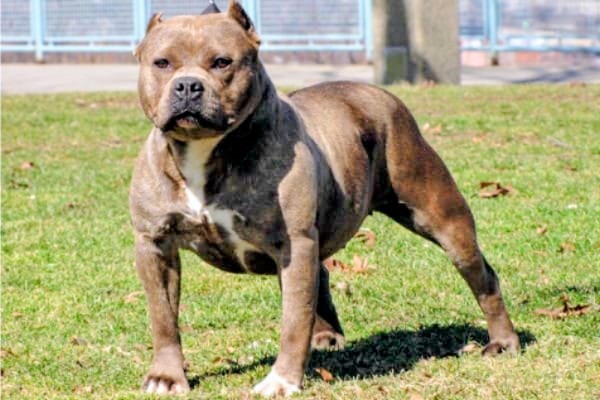 Pitbulls have short, dense coats that shed moderately year-round and produce significant amounts of dander and saliva proteins (Can f 1 and Can f 2), which are the primary allergens affecting sensitive individuals. While their short coat may seem low-maintenance, they still trigger allergic reactions in most allergy sufferers. Pitbulls have short, dense coats that shed moderately year-round and produce significant amounts of dander and saliva proteins (Can f 1 and Can f 2), which are the primary allergens affecting sensitive individuals. While their short coat may seem low-maintenance, they still trigger allergic reactions in most allergy sufferers. |
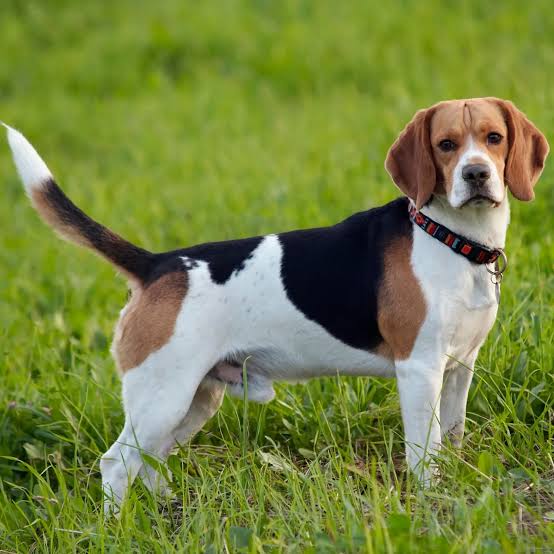 Beagles have a moderate to high shedding level and produce typical amounts of dander and allergens. Their short, dense double coat sheds year-round, with heavier seasonal shedding periods. While they're wonderful family companions, Beagles are not recommended for people with dog allergies Beagles have a moderate to high shedding level and produce typical amounts of dander and allergens. Their short, dense double coat sheds year-round, with heavier seasonal shedding periods. While they're wonderful family companions, Beagles are not recommended for people with dog allergies |
 Pugs are not hypoallergenic. Pugs have a double coat that sheds year-round and produces significant amounts of dander, which contains allergen proteins. However, many Pug owners with mild allergies successfully live with these lovable companions through proper care and management strategies. Pugs are not hypoallergenic. Pugs have a double coat that sheds year-round and produces significant amounts of dander, which contains allergen proteins. However, many Pug owners with mild allergies successfully live with these lovable companions through proper care and management strategies.
|
 Schnauzers have a double-layer coat that sheds minimally and produces fewer allergens than most dog breeds. Their wiry outer coat traps dander and dead hair, preventing it from spreading throughout your home. This makes them an excellent choice for families with mild to moderate allergies. Schnauzers have a double-layer coat that sheds minimally and produces fewer allergens than most dog breeds. Their wiry outer coat traps dander and dead hair, preventing it from spreading throughout your home. This makes them an excellent choice for families with mild to moderate allergies. |
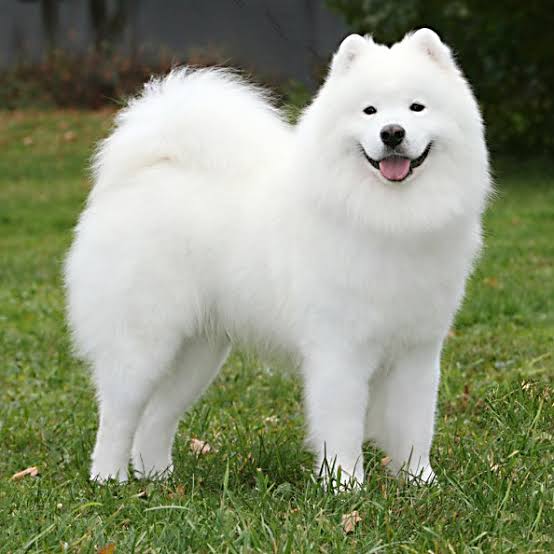 These beautiful Arctic dogs have a thick double coat that sheds heavily year-round and produces significant amounts of dander. With their intense seasonal shedding periods and constant grooming needs, Samoyeds are among the worst choices for people with dog allergies. These beautiful Arctic dogs have a thick double coat that sheds heavily year-round and produces significant amounts of dander. With their intense seasonal shedding periods and constant grooming needs, Samoyeds are among the worst choices for people with dog allergies. |
 Maltipoos are one of the most allergy-friendly breeds available, thanks to their Poodle and Maltese heritage. Both parent breeds are known for producing minimal dander and having low-shedding coats, making Maltipoos an excellent choice for people with allergies. While no dog is 100% hypoallergenic, Maltipoos come remarkably close.
Maltipoos are one of the most allergy-friendly breeds available, thanks to their Poodle and Maltese heritage. Both parent breeds are known for producing minimal dander and having low-shedding coats, making Maltipoos an excellent choice for people with allergies. While no dog is 100% hypoallergenic, Maltipoos come remarkably close.  Australian Shepherds have a double coat that sheds heavily, particularly during seasonal changes. They produce significant amounts of dander and shed year-round, making them unsuitable for people with dog allergies. While they're wonderful, intelligent, and loyal companions, they rank low on the hypoallergenic scale.
Australian Shepherds have a double coat that sheds heavily, particularly during seasonal changes. They produce significant amounts of dander and shed year-round, making them unsuitable for people with dog allergies. While they're wonderful, intelligent, and loyal companions, they rank low on the hypoallergenic scale.  Despite their small size and minimal shedding in some varieties, Chihuahuas produce the same allergenic proteins (Can f 1 and Can f 2) found in all dog breeds. Both smooth-coat and long-coat varieties shed dander and can trigger allergic reactions in sensitive individuals. However, their compact size means they produce less overall dander compared to larger breeds, which may make them more manageable for some allergy sufferers.
Despite their small size and minimal shedding in some varieties, Chihuahuas produce the same allergenic proteins (Can f 1 and Can f 2) found in all dog breeds. Both smooth-coat and long-coat varieties shed dander and can trigger allergic reactions in sensitive individuals. However, their compact size means they produce less overall dander compared to larger breeds, which may make them more manageable for some allergy sufferers.  French Bulldogs have a low hypoallergenic rating because they shed moderately year-round, produce significant amounts of dander, and generate typical levels of allergy-triggering proteins in their saliva and skin. While their short coat might seem allergy-friendly, these charming companions can still trigger allergic reactions in sensitive individuals.
French Bulldogs have a low hypoallergenic rating because they shed moderately year-round, produce significant amounts of dander, and generate typical levels of allergy-triggering proteins in their saliva and skin. While their short coat might seem allergy-friendly, these charming companions can still trigger allergic reactions in sensitive individuals.  Border Collies have a moderate to high shedding double coat that releases significant amounts of dander and fur throughout the year, with heavy seasonal shedding during spring and fall. Their coat produces the allergen proteins (Can f 1 and Can f 2) found in saliva, dander, and urine that trigger allergic reactions in sensitive individuals.
Border Collies have a moderate to high shedding double coat that releases significant amounts of dander and fur throughout the year, with heavy seasonal shedding during spring and fall. Their coat produces the allergen proteins (Can f 1 and Can f 2) found in saliva, dander, and urine that trigger allergic reactions in sensitive individuals.  Pitbulls have short, dense coats that shed moderately year-round and produce significant amounts of dander and saliva proteins (Can f 1 and Can f 2), which are the primary allergens affecting sensitive individuals. While their short coat may seem low-maintenance, they still trigger allergic reactions in most allergy sufferers.
Pitbulls have short, dense coats that shed moderately year-round and produce significant amounts of dander and saliva proteins (Can f 1 and Can f 2), which are the primary allergens affecting sensitive individuals. While their short coat may seem low-maintenance, they still trigger allergic reactions in most allergy sufferers.  Beagles have a moderate to high shedding level and produce typical amounts of dander and allergens. Their short, dense double coat sheds year-round, with heavier seasonal shedding periods. While they're wonderful family companions, Beagles are not recommended for people with dog allergies
Beagles have a moderate to high shedding level and produce typical amounts of dander and allergens. Their short, dense double coat sheds year-round, with heavier seasonal shedding periods. While they're wonderful family companions, Beagles are not recommended for people with dog allergies Schnauzers have a double-layer coat that sheds minimally and produces fewer allergens than most dog breeds. Their wiry outer coat traps dander and dead hair, preventing it from spreading throughout your home. This makes them an excellent choice for families with mild to moderate allergies.
Schnauzers have a double-layer coat that sheds minimally and produces fewer allergens than most dog breeds. Their wiry outer coat traps dander and dead hair, preventing it from spreading throughout your home. This makes them an excellent choice for families with mild to moderate allergies. These beautiful Arctic dogs have a thick double coat that sheds heavily year-round and produces significant amounts of dander. With their intense seasonal shedding periods and constant grooming needs, Samoyeds are among the worst choices for people with dog allergies.
These beautiful Arctic dogs have a thick double coat that sheds heavily year-round and produces significant amounts of dander. With their intense seasonal shedding periods and constant grooming needs, Samoyeds are among the worst choices for people with dog allergies. Pugs are not hypoallergenic. Pugs have a double coat that sheds year-round and produces significant amounts of dander, which contains allergen proteins. However, many Pug owners with mild allergies successfully live with these lovable companions through proper care and management strategies.
Pugs are not hypoallergenic. Pugs have a double coat that sheds year-round and produces significant amounts of dander, which contains allergen proteins. However, many Pug owners with mild allergies successfully live with these lovable companions through proper care and management strategies.